Home>Gardening & Outdoor>Landscaping Ideas>How To Create A Garden Bed
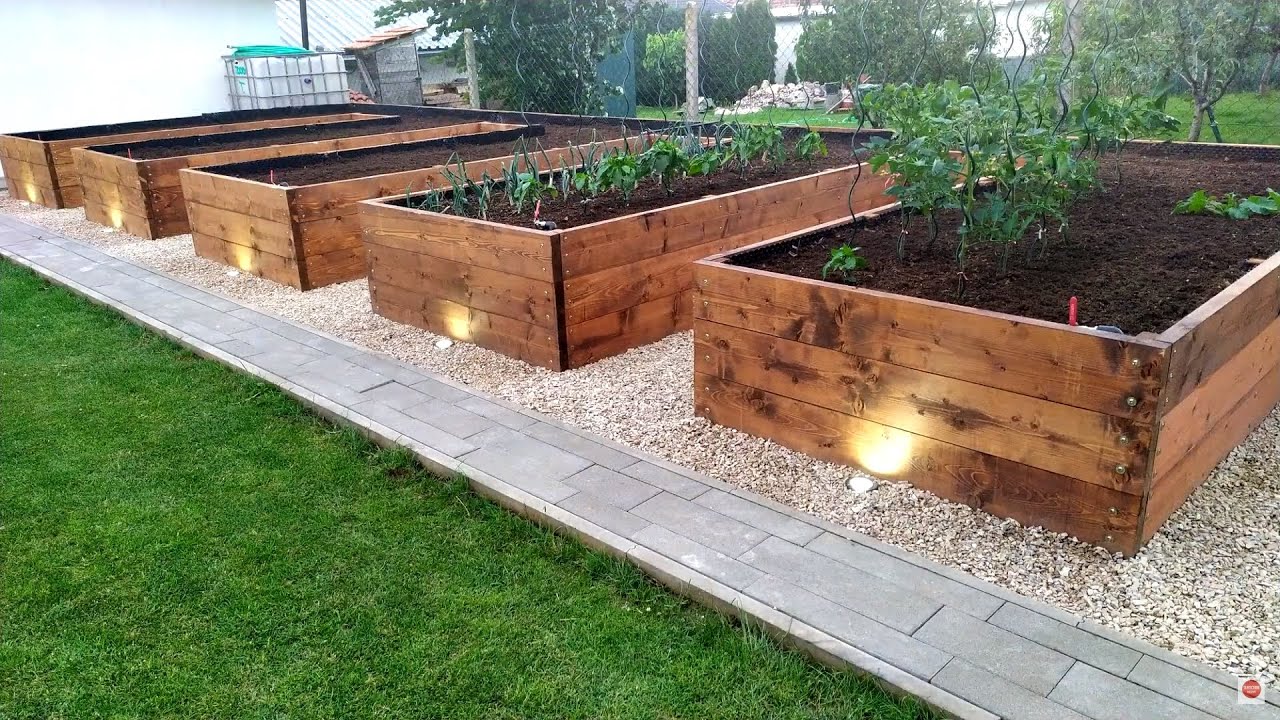

Landscaping Ideas
How To Create A Garden Bed
Published: January 31, 2024
Learn how to create a beautiful garden bed with our expert landscaping ideas. Transform your outdoor space with our step-by-step guide.
(Many of the links in this article redirect to a specific reviewed product. Your purchase of these products through affiliate links helps to generate commission for Storables.com, at no extra cost. Learn more)
Choose the Location
Selecting the right location for your garden bed is crucial for the success of your landscaping project. The location will determine the amount of sunlight, exposure to the elements, and accessibility for maintenance. Here are some key factors to consider when choosing the location for your garden bed:
-
Sunlight Exposure: Assess the amount of sunlight the area receives throughout the day. Most plants require at least 6-8 hours of sunlight to thrive. Observe the location at different times of the day to determine the sunniest spots.
-
Soil Drainage: Evaluate the soil drainage in the area. Ensure that the location does not have poor drainage, as this can lead to waterlogging and root rot. To test the drainage, dig a small hole and fill it with water. If the water drains within a few hours, the soil has good drainage.
-
Proximity to Water Source: Consider the proximity of the location to a water source. It is essential to have easy access to water for irrigation and maintenance. If the area is far from a water source, consider installing a drip irrigation system to ensure the plants receive adequate water.
-
Protection from Elements: Assess the exposure of the location to strong winds, frost, or extreme temperatures. Choose a spot that provides some natural protection from harsh elements, such as a nearby fence or existing vegetation.
-
Accessibility: Ensure that the location is easily accessible for maintenance tasks such as weeding, pruning, and harvesting. A garden bed that is conveniently located encourages regular care and attention.
-
Aesthetic Considerations: Take into account the overall aesthetic of the location. Consider how the garden bed will complement the existing landscape and whether it will enhance the visual appeal of the outdoor space.
By carefully considering these factors, you can choose a location that provides the optimal conditions for your garden bed to thrive. Once you have identified the ideal location, you can proceed to the next steps of preparing the soil and selecting the plants that will bring your garden bed to life.
Key Takeaways:
- Choose the right location for your garden bed by considering sunlight, soil drainage, water source, protection from elements, accessibility, and aesthetic appeal. This sets the stage for a thriving garden.
- Prepare the soil by assessing its composition, amending it with organic matter, cultivating it, and applying mulch. This creates a nutrient-rich environment for healthy plant growth.
Read more: How To Create A Garden Bed
Prepare the Soil
Preparing the soil is a fundamental step in creating a thriving garden bed. The quality of the soil directly impacts the growth and health of the plants, making it essential to ensure that the soil is nutrient-rich and well-suited for the selected plant species. Here's a detailed guide on how to prepare the soil for your garden bed:
Soil Assessment
Before making any amendments to the soil, it's crucial to assess its composition and quality. Start by examining the texture of the soil, which can be sandy, loamy, or clayey. Additionally, consider conducting a soil pH test to determine the acidity or alkalinity of the soil. Most plants thrive in slightly acidic to neutral soil with a pH range of 6.0 to 7.0. Understanding the existing soil conditions will guide you in making the necessary adjustments to create an optimal growing environment for your plants.
Soil Amendment
Based on the assessment of the soil, you may need to amend it to improve its structure and fertility. Adding organic matter, such as compost, well-rotted manure, or peat moss, can enhance the soil's ability to retain moisture and nutrients while promoting beneficial microbial activity. Incorporating organic matter also helps to loosen compacted soil, improving aeration and root penetration. Additionally, if the soil pH is too high or too low, you can adjust it by incorporating amendments such as lime to raise the pH or elemental sulfur to lower it.
Soil Cultivation
Once the amendments have been added, it's time to cultivate the soil to ensure that the amendments are thoroughly mixed and integrated. Use a garden fork or a tiller to work the organic matter and amendments into the soil to a depth of at least 6-8 inches. This process helps distribute the added nutrients and improves the overall structure of the soil, creating an inviting environment for plant roots to establish and thrive.
Read more: How To Create An Indoor Garden
Soil Mulching
After preparing the soil, consider applying a layer of organic mulch, such as shredded bark, straw, or wood chips, to the surface of the garden bed. Mulch helps conserve soil moisture, suppresses weed growth, and regulates soil temperature. As the mulch breaks down, it contributes to the organic matter content of the soil, further enriching it over time.
By diligently preparing the soil, you lay the foundation for a flourishing garden bed that supports healthy plant growth and vitality. The effort invested in soil preparation sets the stage for a bountiful and visually captivating garden that will bring joy and satisfaction for years to come.
Select the Plants
Choosing the right plants for your garden bed is a pivotal decision that significantly influences the overall aesthetic appeal and success of your landscaping endeavor. When selecting plants, it's essential to consider factors such as the local climate, soil conditions, and the desired visual impact. Here's a comprehensive guide to help you navigate the process of selecting plants for your garden bed:
Consider the Climate and Hardiness Zone
Begin by researching the climate and hardiness zone of your location. Understanding the climatic conditions, including temperature ranges and precipitation patterns, will guide you in choosing plants that are well-suited to thrive in your specific environment. Consult the USDA Plant Hardiness Zone Map to identify the appropriate plant species that are known to withstand the local climate and seasonal variations.
Evaluate Soil and Sunlight Requirements
Different plant species have varying soil and sunlight requirements. Assess the soil composition, drainage, and pH levels to determine the suitability for different plants. Additionally, observe the sunlight exposure in the garden bed area throughout the day to identify spots with full sun, partial shade, or full shade. This information will help you select plants that align with the specific soil and sunlight conditions of your garden bed.
Read more: How To Design A Garden Bed
Diversity in Plant Selection
Strive to create a diverse and harmonious plant selection that incorporates a mix of flowering plants, foliage varieties, and possibly some evergreen elements. Introducing a variety of plant shapes, sizes, and colors adds visual interest and creates a dynamic and captivating garden bed. Consider incorporating native plants that are well-adapted to the local ecosystem, as they often require less maintenance and contribute to the overall biodiversity of the area.
Seasonal Interest and Bloom Times
Plan for seasonal interest by selecting plants that offer blooms and visual appeal throughout the year. Incorporate a combination of early spring bloomers, summer-flowering plants, and fall foliage for a garden bed that transitions beautifully across the seasons. By strategically choosing plants with staggered bloom times, you can ensure that your garden bed remains vibrant and captivating throughout the year.
Maintenance and Growth Characteristics
Take into account the maintenance requirements and growth characteristics of the selected plants. Consider factors such as mature plant size, growth habits, and maintenance needs to ensure that the plants are well-suited for the available space and are manageable in the long run. Additionally, factor in considerations such as water requirements, pruning needs, and any potential invasive tendencies of certain plant species.
Personal Preferences and Design Vision
Lastly, infuse your personal preferences and design vision into the plant selection process. Consider the overall style and theme you wish to convey through your garden bed. Whether you aim for a formal, structured garden or a more natural and free-flowing landscape, align your plant choices with your envisioned design aesthetic to create a cohesive and visually appealing composition.
By carefully considering these factors and conducting thorough research, you can curate a thoughtfully selected array of plants that will bring your garden bed to life with beauty, diversity, and enduring charm. The process of selecting plants is an opportunity to express your creativity and create a captivating outdoor space that reflects your unique style and appreciation for nature.
Read more: How To Mulch A Garden Bed
Planting the Garden Bed
Planting the garden bed marks a pivotal stage in bringing your landscaping vision to fruition. This phase involves the strategic placement of selected plants within the prepared soil, setting the stage for their growth and eventual transformation into a vibrant and flourishing garden bed.
Plant Placement and Spacing
When planting the garden bed, it's essential to consider the mature size of the selected plants and their growth habits. Begin by arranging the plants according to their height, with taller specimens positioned towards the rear of the bed and shorter ones towards the front. This creates a visually appealing layered effect and ensures that all plants receive adequate sunlight exposure. Additionally, be mindful of the recommended spacing between plants to allow for proper air circulation and future growth without overcrowding.
Digging and Planting Technique
Prior to planting, dig individual holes for each plant, ensuring that the depth and width of the holes accommodate the root ball or root system of the plant. Gently remove the plants from their containers, being careful not to disturb the roots excessively. If the roots are tightly bound, carefully loosen them to encourage outward growth. Place the plants in the prepared holes at the same level as they were in their original containers, backfill with soil, and gently firm the soil around the base of each plant to provide stability.
Watering and Establishment
After planting, thoroughly water the garden bed to settle the soil around the roots and provide essential moisture for the newly transplanted plants. It's crucial to maintain consistent soil moisture during the establishment phase, especially during the first few weeks after planting. Monitor the moisture levels regularly and adjust the watering frequency based on the specific needs of the plant species and the prevailing weather conditions.
Read more: How To Dig A Garden Bed
Mulching and Finishing Touches
Once the plants are in place, consider applying a layer of organic mulch around the base of each plant. Mulch helps conserve soil moisture, suppresses weed growth, and provides insulation for the roots. Additionally, mulch contributes to the overall aesthetic appeal of the garden bed, creating a polished and cohesive look.
Adapting to the Vision
As you plant the garden bed, visualize how the selected plants will interact with one another and contribute to the overall composition. Consider how the colors, textures, and growth patterns of the plants will harmonize and evolve over time. Embrace the opportunity to adapt and refine the arrangement as you plant, ensuring that the garden bed reflects your envisioned design and creates a captivating and inviting outdoor space.
By approaching the planting process with care and attention to detail, you set the stage for the growth and development of a captivating garden bed that will evolve and flourish with each passing season. The act of planting is a transformative step that breathes life into your landscaping vision, laying the groundwork for a vibrant and enduring outdoor sanctuary.
Mulching and Watering
Mulching and watering are essential components of garden bed maintenance, playing a crucial role in nurturing the health and vitality of the planted vegetation. These practices not only contribute to the visual appeal of the garden bed but also support the long-term well-being of the plants, fostering optimal growth and resilience.
Mulching
Mulching serves as a protective and beneficial layer that covers the soil surface within the garden bed. It offers a multitude of advantages, including moisture retention, weed suppression, temperature regulation, and soil enrichment. Organic mulch materials, such as shredded bark, straw, or wood chips, provide a natural and visually appealing covering that contributes to the overall aesthetic of the garden bed.
By effectively retaining soil moisture, mulch helps to mitigate the impact of evaporation, particularly during hot and dry periods. This is especially beneficial for newly planted vegetation, as it reduces the frequency of watering while ensuring that the roots have consistent access to essential moisture. Additionally, the presence of mulch acts as a barrier against weed growth, minimizing competition for nutrients and reducing the need for manual weeding.
Furthermore, mulch serves as a thermal insulator, moderating soil temperatures and protecting the roots of plants from extreme heat or cold. This insulation effect is particularly valuable during seasonal transitions, safeguarding the plants from temperature fluctuations that can stress their delicate root systems.
As organic mulch gradually decomposes, it contributes valuable organic matter to the soil, enhancing its fertility and structure over time. This natural process enriches the soil, promotes beneficial microbial activity, and supports the overall health of the garden bed ecosystem.
Read more: How To Clear A Garden Bed
Watering
Proper watering is fundamental to the well-being of the plants within the garden bed. It is essential to establish a consistent and appropriate watering routine that aligns with the specific needs of the plant species and the prevailing environmental conditions.
When watering the garden bed, it is important to prioritize deep, thorough watering that encourages the development of deep and robust root systems. This approach promotes plant resilience and reduces the susceptibility to drought stress, as deep roots are better equipped to access moisture from lower soil layers.
The timing of watering is also critical, with early morning being the optimal period to ensure that the plants have access to moisture throughout the day while minimizing the risk of fungal diseases associated with prolonged moisture on foliage during the night.
Additionally, the use of drip irrigation systems or soaker hoses can provide targeted and efficient watering, delivering moisture directly to the root zones of the plants while minimizing water loss through evaporation and runoff.
By diligently implementing mulching and watering practices, you provide the essential care and support that nurtures the health and vibrancy of your garden bed. These foundational maintenance activities contribute to the sustainability and longevity of the planted landscape, ensuring that your garden bed flourishes and thrives as a captivating and enduring outdoor sanctuary.
Maintenance and Care
Maintaining and caring for your garden bed is an ongoing commitment that ensures the long-term health and vitality of the planted landscape. Regular maintenance activities not only preserve the visual appeal of the garden bed but also contribute to the resilience and sustainability of the planted vegetation. By incorporating consistent care practices, you can foster an environment where the garden bed thrives and evolves, becoming a flourishing and captivating outdoor sanctuary.
Weeding and Pruning
Regular weeding is essential to prevent the encroachment of unwanted plants that compete for nutrients and space within the garden bed. By diligently removing weeds, you create an environment where the planted vegetation can flourish without undue competition. Additionally, pruning and deadheading flowering plants promote healthy growth and encourage the development of robust blooms. Pruning also helps maintain the desired shape and structure of the plants, contributing to the overall aesthetic of the garden bed.
Fertilization and Soil Health
Periodic fertilization supports the nutritional needs of the plants, providing essential macro and micronutrients that may be lacking in the soil. Selecting a balanced and appropriate fertilizer based on the specific requirements of the plants ensures that they receive the necessary elements for vigorous growth and vibrant blooms. Furthermore, monitoring the overall soil health through regular assessments and soil tests allows for timely adjustments and amendments to maintain optimal growing conditions for the plants.
Read more: How To Prep A Garden Bed
Pest and Disease Management
Vigilant monitoring for pests and diseases is crucial to promptly address any issues that may arise within the garden bed. Identifying and addressing pest infestations or disease symptoms early on can prevent widespread damage and preserve the health of the plants. Implementing integrated pest management strategies and selecting disease-resistant plant varieties can help mitigate potential threats and minimize the need for chemical interventions.
Seasonal Adjustments and Renewal
Adapting the garden bed to seasonal changes and transitions is integral to its continuous vitality. This may involve refreshing the mulch layer, adjusting watering schedules based on seasonal weather patterns, and introducing seasonal plantings to maintain visual interest and diversity. Embracing the evolving nature of the garden bed allows for ongoing renewal and adaptation, ensuring that it remains dynamic and captivating throughout the year.
Observational Care and Adaptation
Regular observation of the garden bed provides valuable insights into the health and behavior of the planted vegetation. Monitoring the growth patterns, flowering cycles, and overall vitality of the plants enables proactive adjustments and interventions as needed. This observational care allows for a responsive and tailored approach to maintaining the garden bed, fostering an environment where the plants can thrive and flourish.
By integrating these maintenance and care practices into your gardening routine, you establish a nurturing and supportive framework that sustains the beauty and vitality of your garden bed. The commitment to ongoing care and attention ensures that the planted landscape continues to evolve and enchant, becoming a cherished and enduring element of your outdoor space.
Frequently Asked Questions about How To Create A Garden Bed
Was this page helpful?
At Storables.com, we guarantee accurate and reliable information. Our content, validated by Expert Board Contributors, is crafted following stringent Editorial Policies. We're committed to providing you with well-researched, expert-backed insights for all your informational needs.
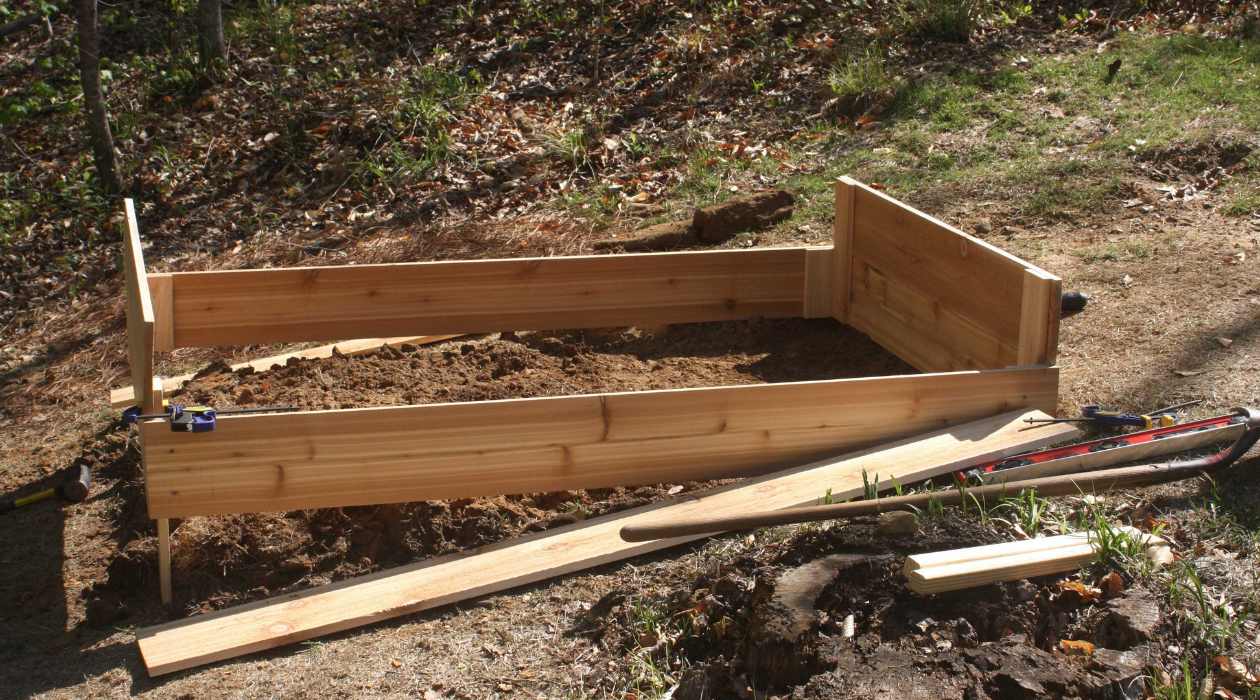
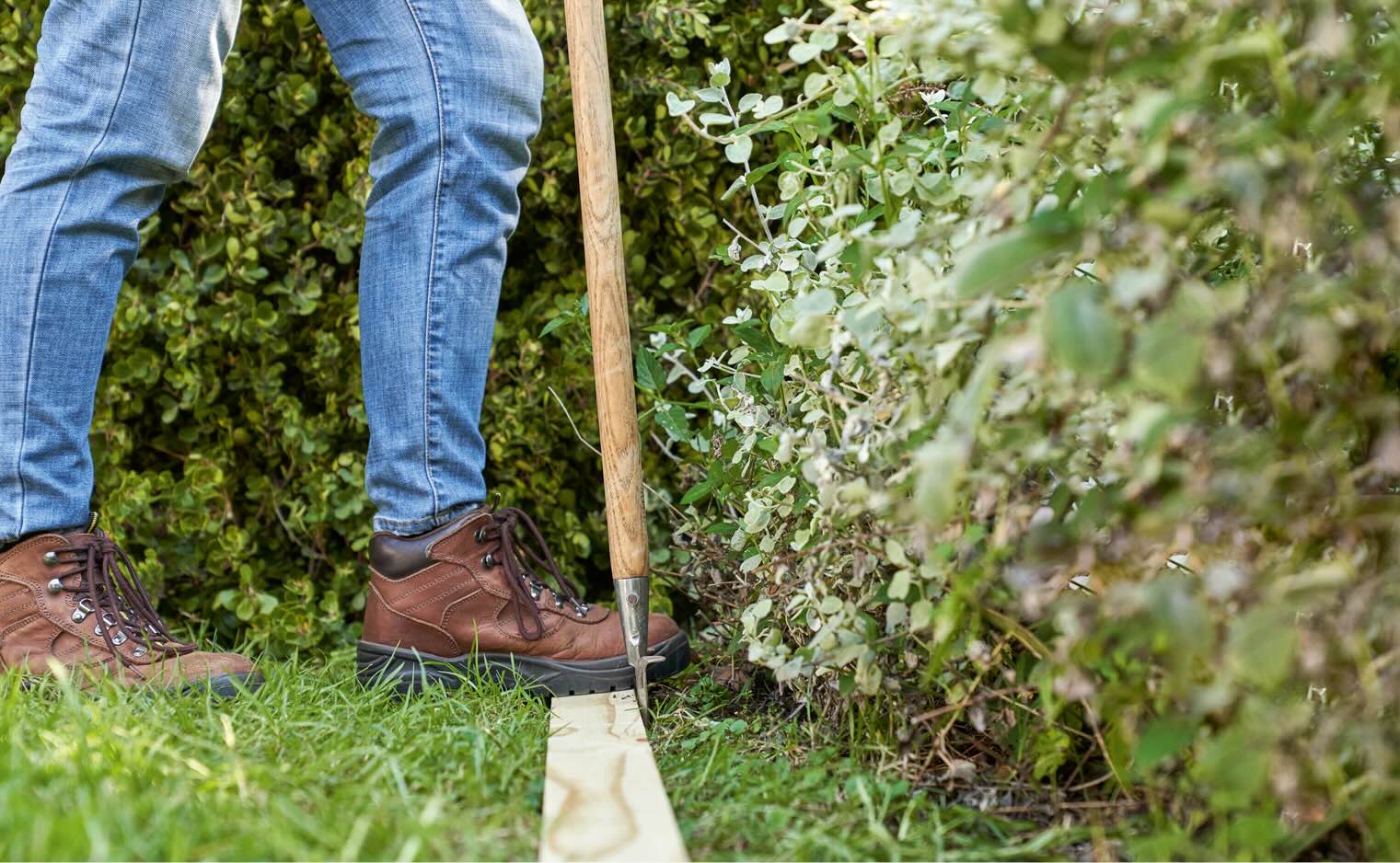
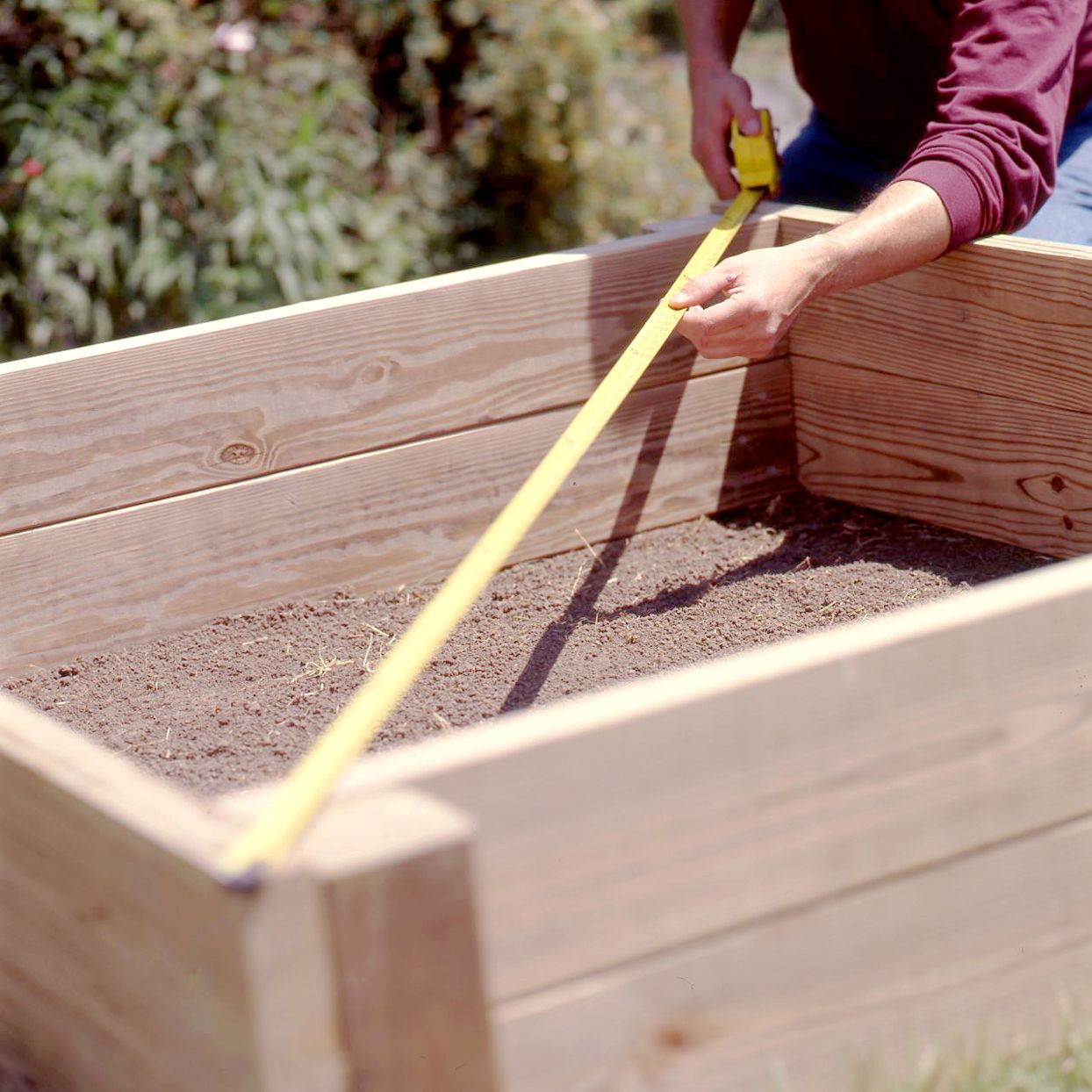
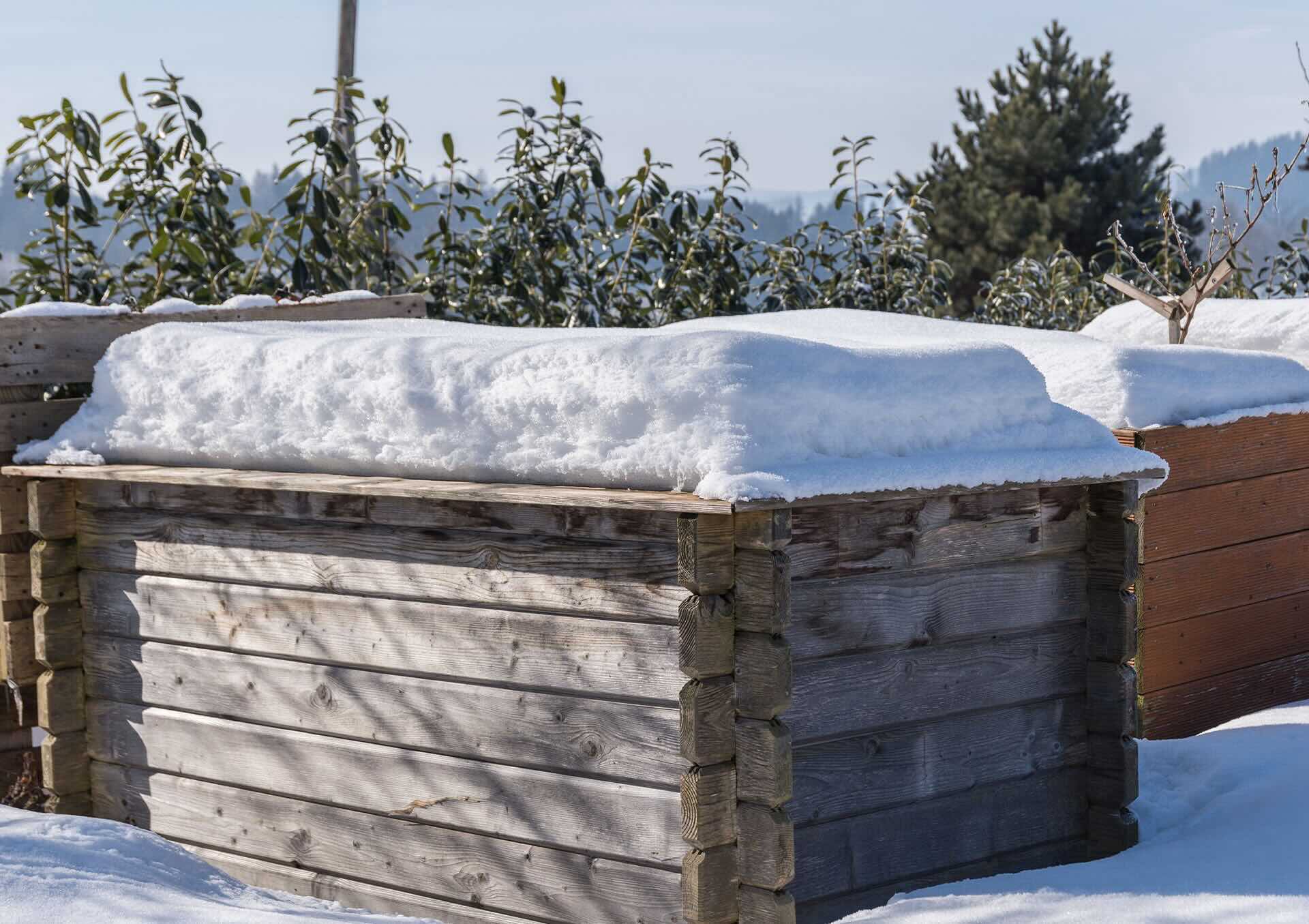
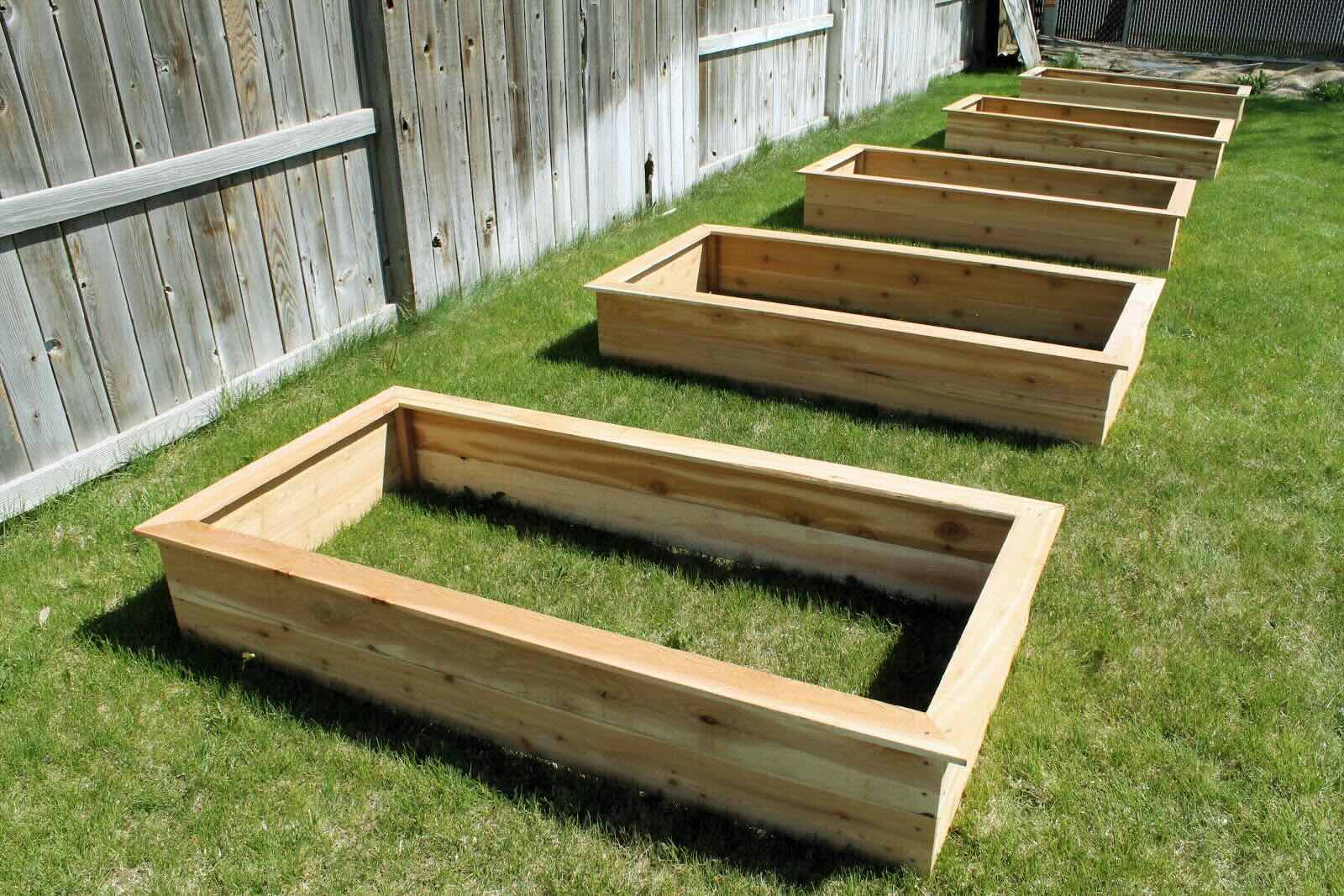
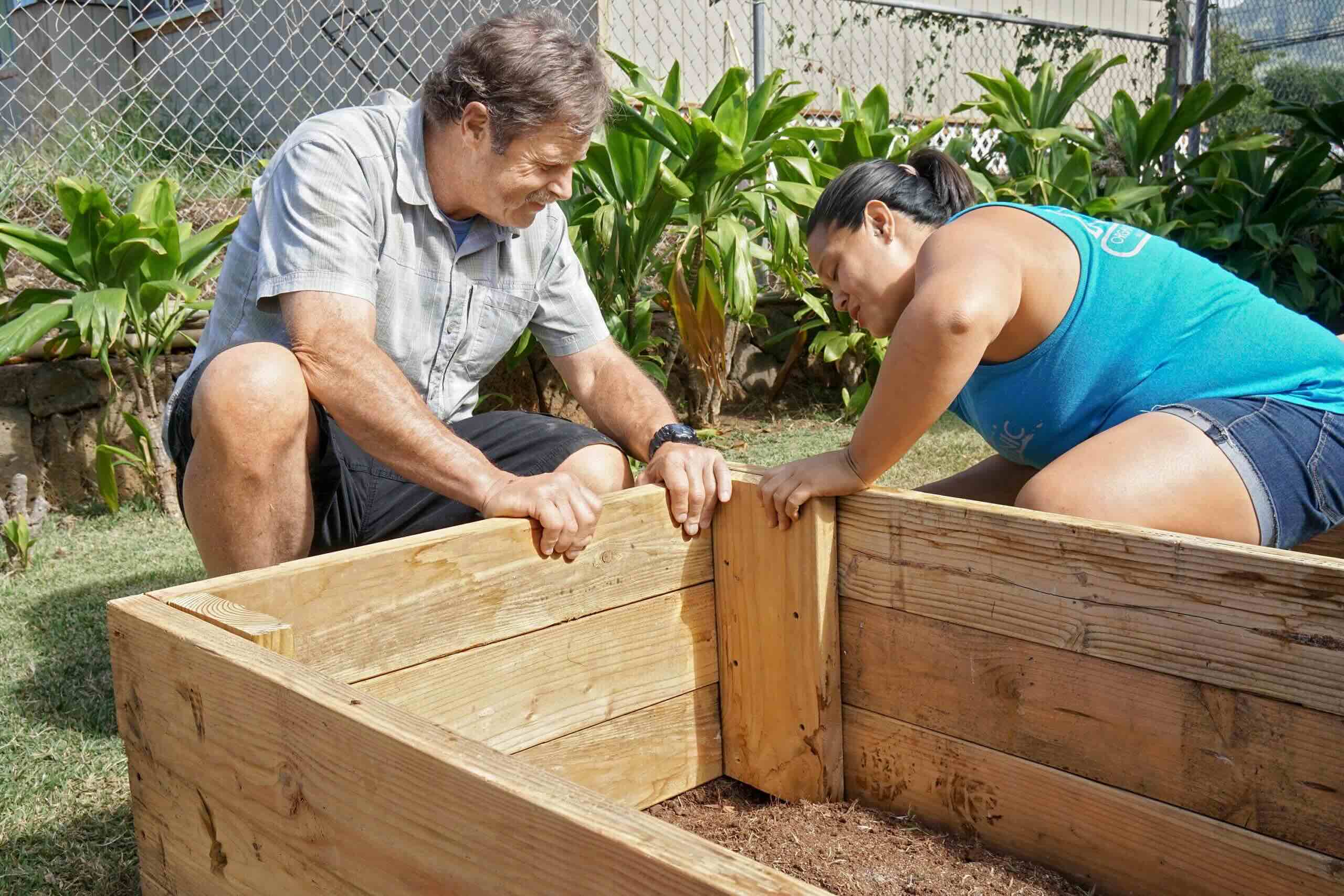
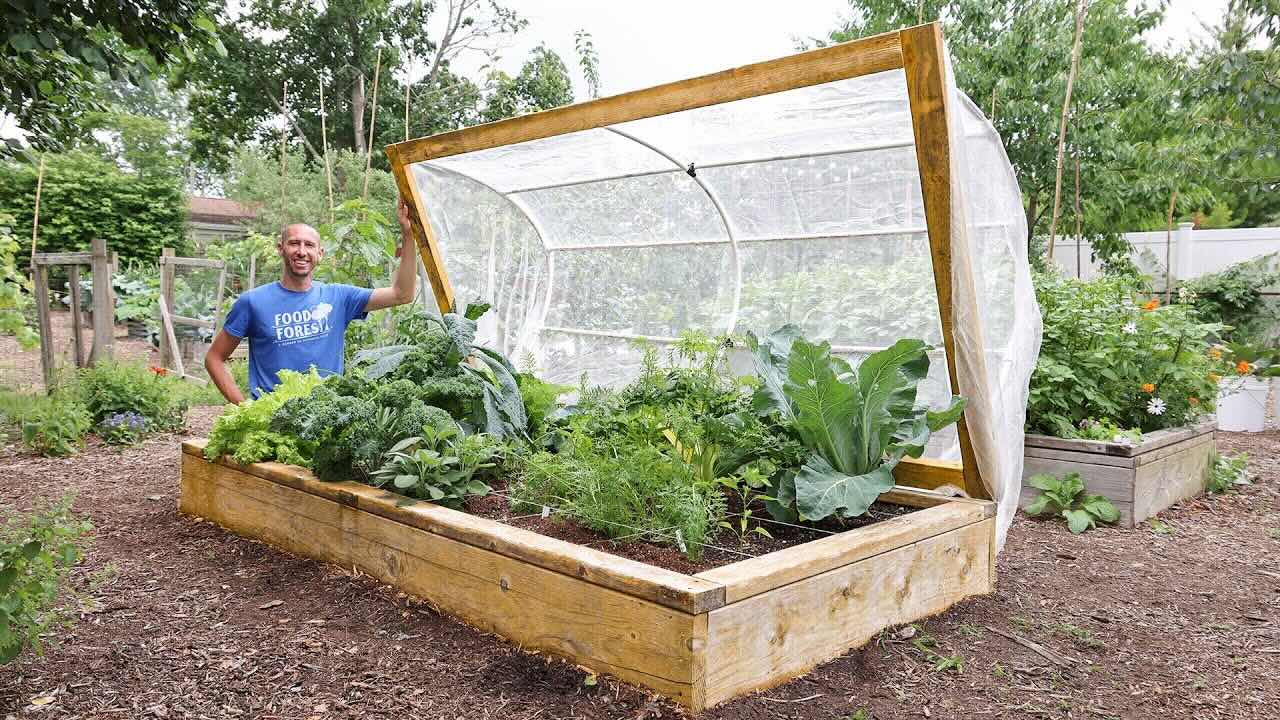

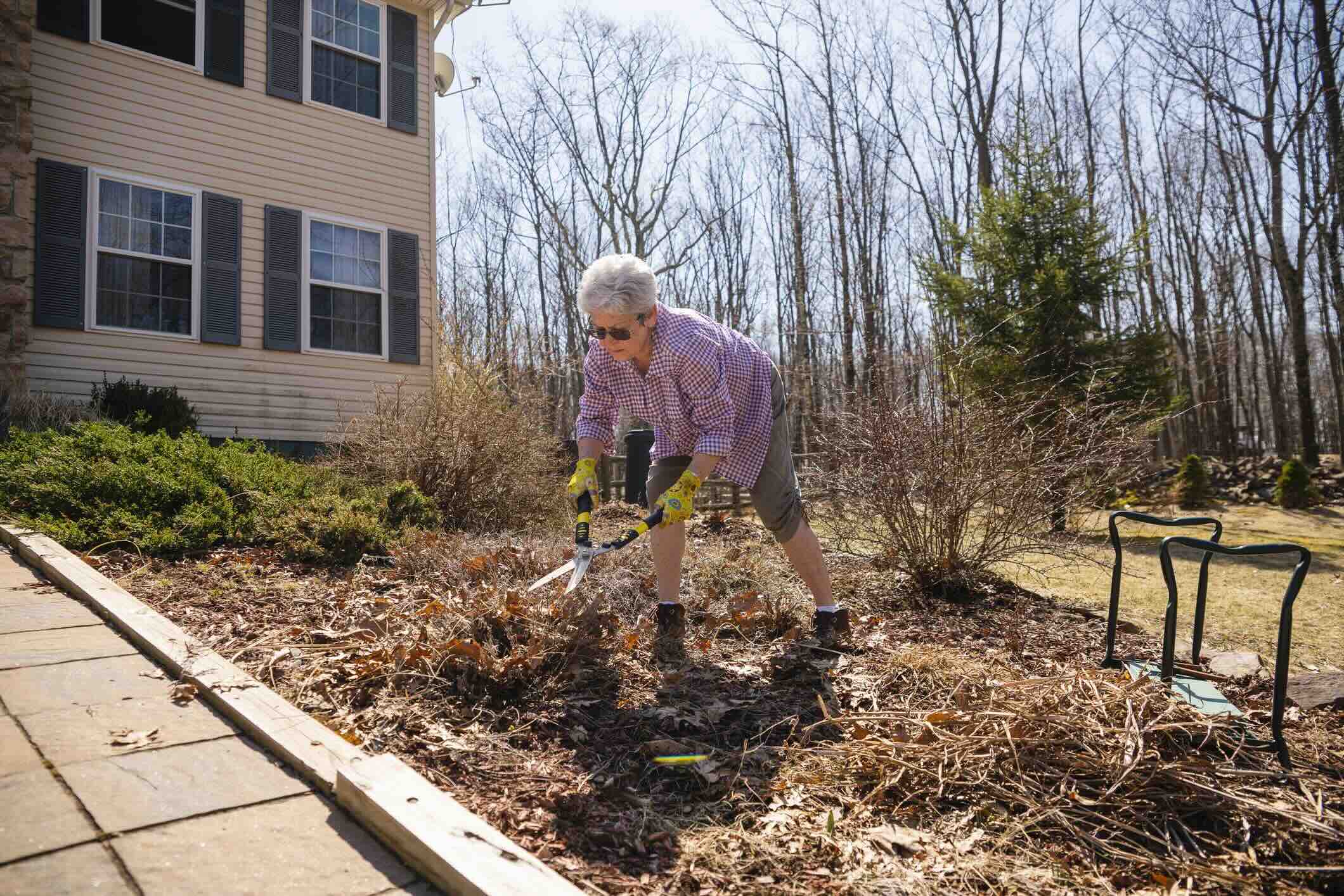

0 thoughts on “How To Create A Garden Bed”